When Bugatti announced that Andy Wallace had driven the Chiron to 304.8mph at the Ehra-Lessien test track in August last year, many predicted that this new production car speed record would effectively be the final one. Especially as Bugatti announced it wouldn’t seek to defend it if anyone went quicker.
But that wasn't the case. In October, relative minnows SSC announced that another fearless British racing driver, Oliver Webb, had driven the Tuatara to what the firm said was 316mph on public roads in Nevada, offering an in-car video as evidence.
It didn’t take long for some of the internet’s keener amateur sleuths to point out some marked inconsistencies between the car’s apparent velocity and SSC’s claims. As such, the company has now committed to redoing the run.
Now Hennessey is joining the mix with the Venom F5, a 1817bhp hypercar that company boss John Hennessey says has been built around the explicit target of beating the 500km/h mark – that’s 311mph. And if the F5 can’t manage it on the 3.2-mile runway at the Kennedy Space Center, he plans to take it to a stretch of public highway, too.
But all of this raises an interesting issue: who actually records (or arbitrates) on production car speed records?
The short answer seems to be nobody. Guinness World Records used to have a category that was widely cited by those seeking to establish precedence, but the organisation has confirmed to Autocar that there is no current holder for the ‘Fastest production car’ category. As the Bugatti Veyron Super Sport seems to have been the last car given the title, back in 2010, this raises the subsidiary question of whether a record can be considered lost without direct replacement.
More recently, everyone has gone their own way. When Koenigsegg set a 278mph record in the Agera RS in Nevada in 2017, it did so using independent outside verification. The company says it considered trying for a Guinness record but decided not to after being told that the run would have to take place in an internationally recognised facility and that the car would have had to have been tested against five direct competitors – a bit thin on the ground when it comes to hypercars with four-figure power outputs.

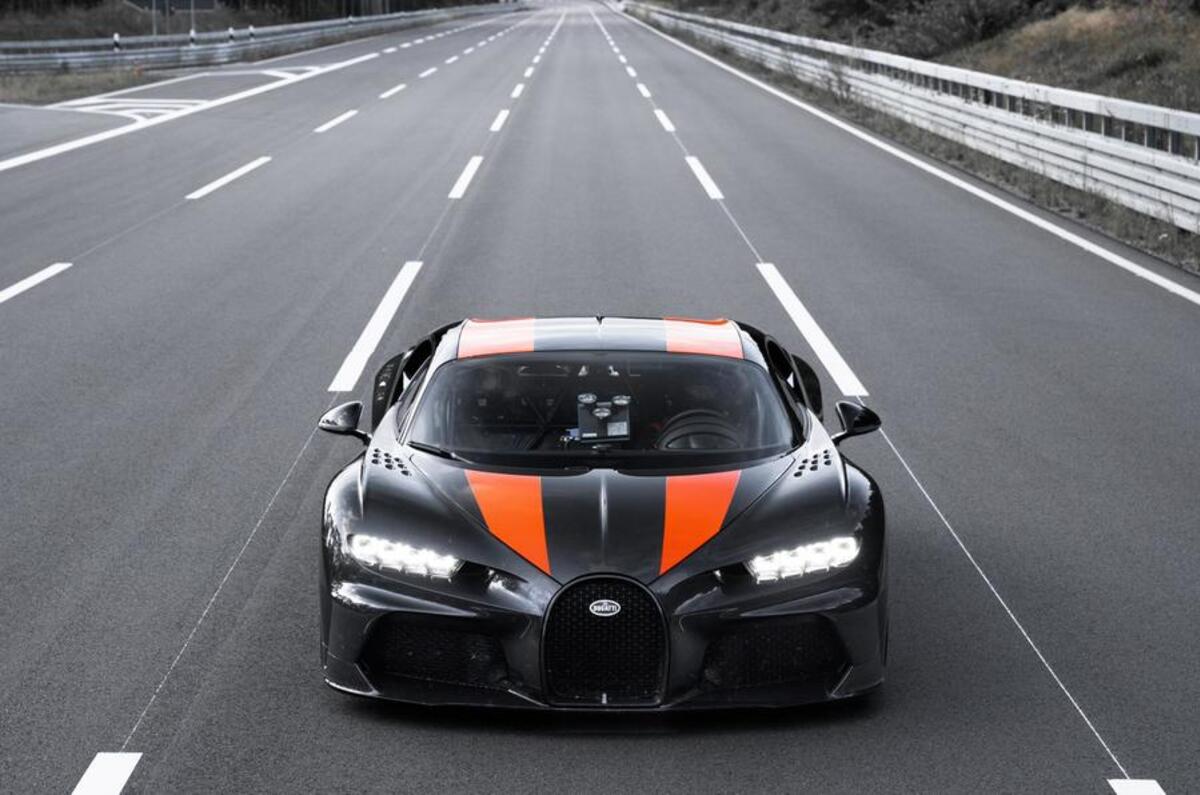
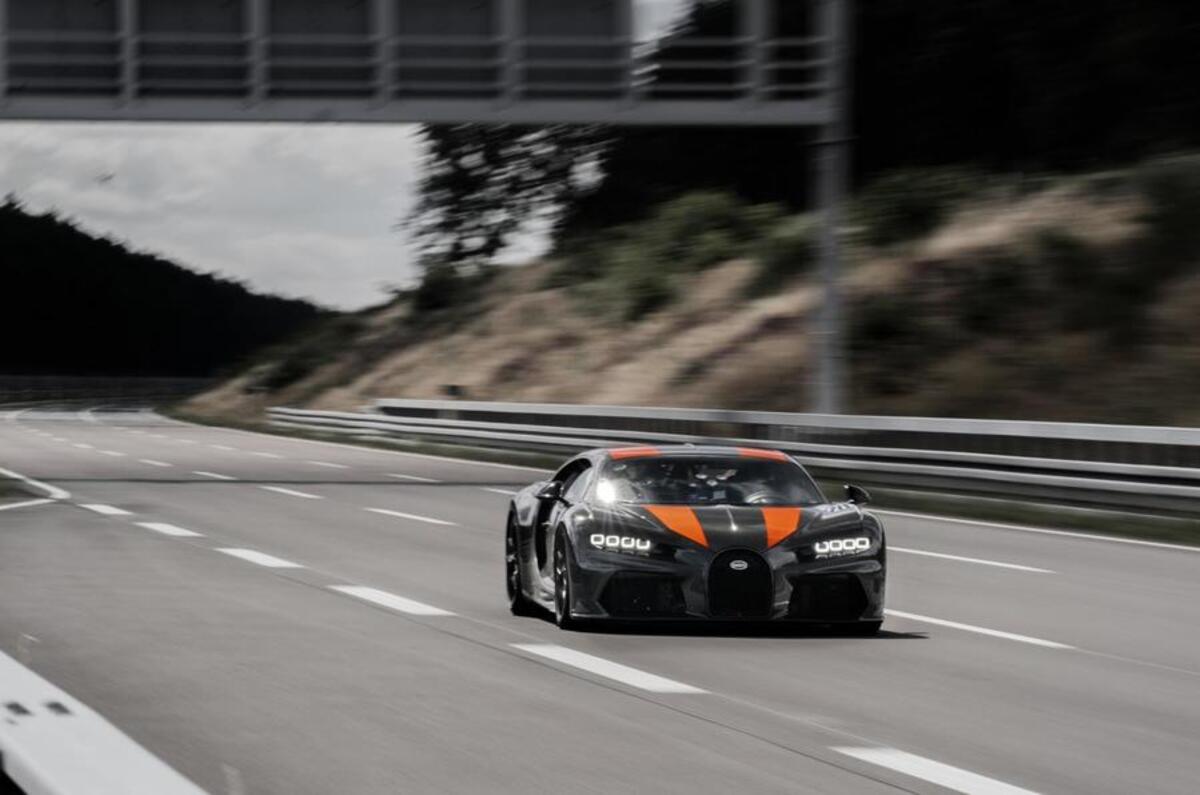
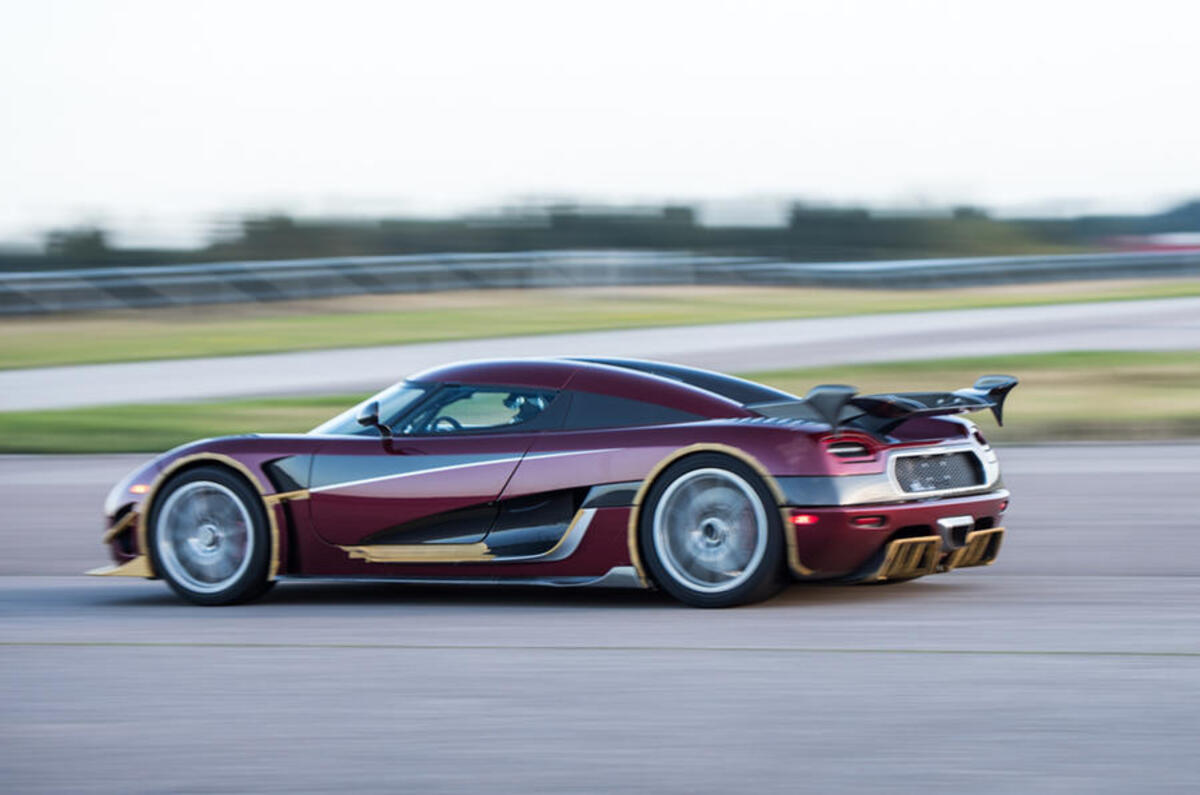
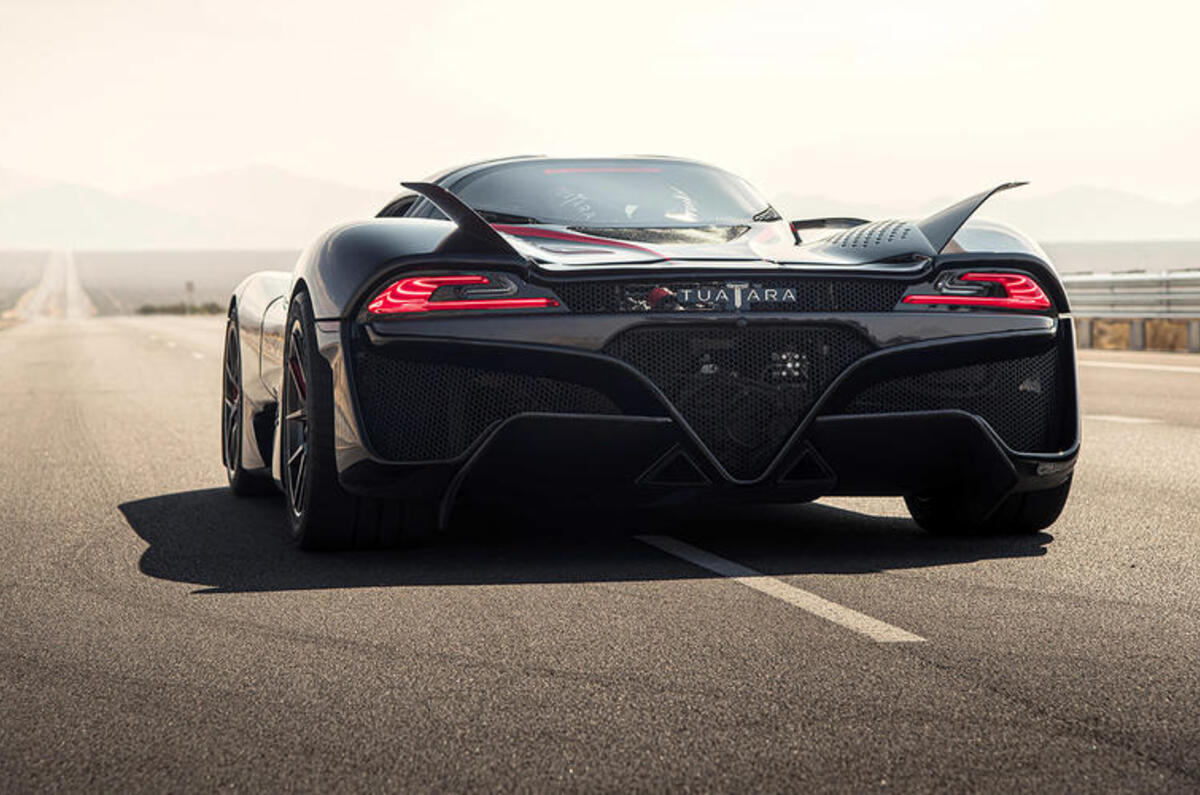





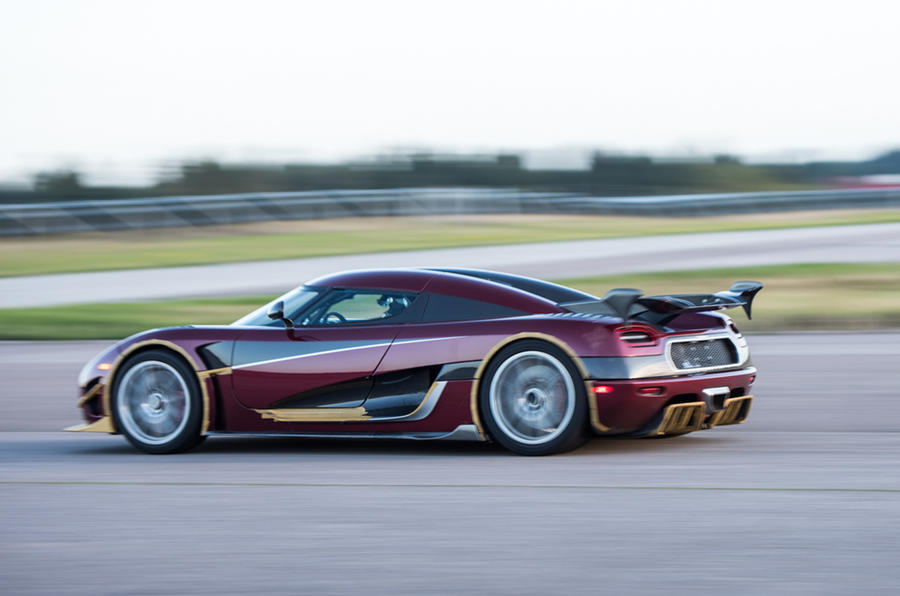


Join the debate
Add your comment
Quick question - how do you propose to do the wind correction piece? We'd need a measured CdA for the car in question as the drag lost from a tail wind would be related to the square of the speed differential, air pressure / temp etc.
Not easy!
Irrelevant,
Here's the thing, while these projected performance stats are amazing for cars like this one, maybe there should be a record for range, or shortest, best braking?, all with different categories size, weight, different engine/ EV etc?, the cars than do over 300mph and reach 60,100, and 186mph in less time than your average shopper can hit 60mph are purely Runway Romeos, yes, it must be great fun to sit in one and get propelled down a runway, at a speed you only ever beaten in a Jet, but you wouldn't use it every day, and ultimately, why worry about other people's life because it's their life, not yours.
Sure why not? How many of these companies have actually sold 10 copies? I'm way more impressed by something like the Pagani Huarya - a genuine product engineered for the road - than some of these nonsense hobby cars from wealthy Americans.